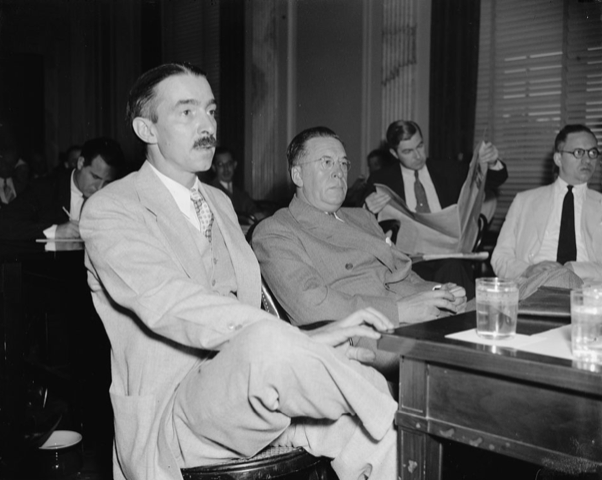The sordid history of Hill and Knowlton resembles something of a classic movie villain. Its controversial clientele and involvement in one too many scandals are almost comical, and then you learn, it’s a PR firm. How does a business based on the talent of creating a good image, have one that is so bad?
Perhaps most famously, Hill and Knowlton were hired in the 1950s by five of the biggest cigarette manufacturers in the US. This was following revelations by the medical profession that smoking was damaging to health. The Public Relations firm was hired to repair public confidence and counter any evidence of health risks from smoking. What followed was a fifty-year campaign, based on deceptive tactics. For instance, instigating a scientific debate aimed at casting doubt on medical findings, in turn fostering the idea that the risks of smoking lacked conclusive evidence. This campaign was so significant that in 2005, the US Department of Justice brought a legal case seeking $280 billion in damages. They argued that the tobacco industry was deceptive in their campaign and that companies still question whether smoking causes disease to this day. The courts recognized Hill and Knowlton as key to this campaign.
If this wasn’t shocking enough, Hill and Knowlton played a leading role in selling the Gulf War to the American public. Hill and Knowlton was one of 20 firms used to sway public opinion in the US, at a time where they were arguably the world’s biggest PR firm. Hill and Knowlton were subsequently hired by the Kuwaiti government on a $12 million dollar contract to represent “citizens for free Kuwait”. This group was in fact a PR front, put in place to hide the role of the Kuwaiti government and its collaboration with the Bush administration. Hill and Knowlton worked hard to influence the public, handing out “free Kuwait” T-shirts on college campuses being one tactic employed. However, perhaps most memorable, was when Hill and Knowlton arranged for a 15-year-old girl to appear in front of US Congress. Detailing a harrowing story of Iraqi soldiers removing babies from incubators in a Kuwaiti hospital, with tears in her eyes, this moment was one that massively impacted public opinion on the war. But of course, this was not what it seemed. Nayirah, the 15-year-old girl, was actually the daughter of the Kuwaiti ambassador to the US, and the entire story was fabricated. Hill and Knowlton were the masterminds behind this, having coached Nayirah on the story before her appearance.
To add to the list of unsavory clients: in the 1990s, Hill and Knowlton accepted a $5 million dollar account with the National Conference of Catholic Bishops. The purpose of the account was essentially an anti-abortion campaign. The Church of Scientology, notably, became another prominent client of Hill and Knowlton, enlisting their services to improve their public image following the passing of the church’s founder, L. Ron Hubbard. A contract with China was also accepted after the Tiananmen Square massacre, again to clean up their ‘image’. These examples represent only a handful of the clients that Hill and Knowlton collaborated with, and it is safe to say that their choice of clientele has sparked some controversy.

